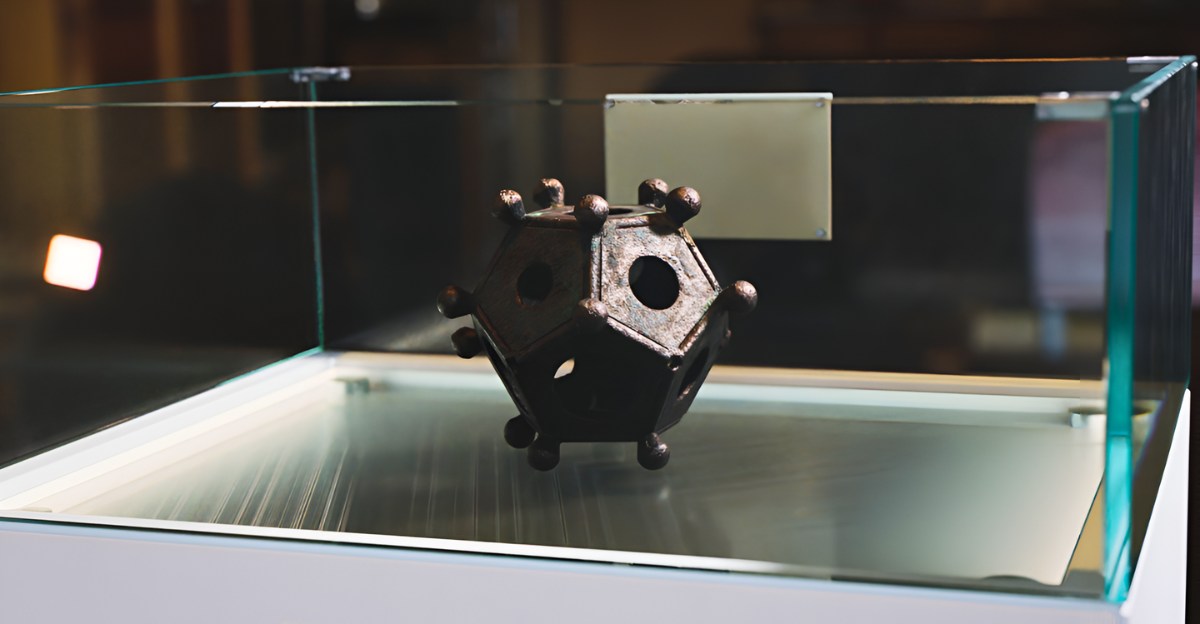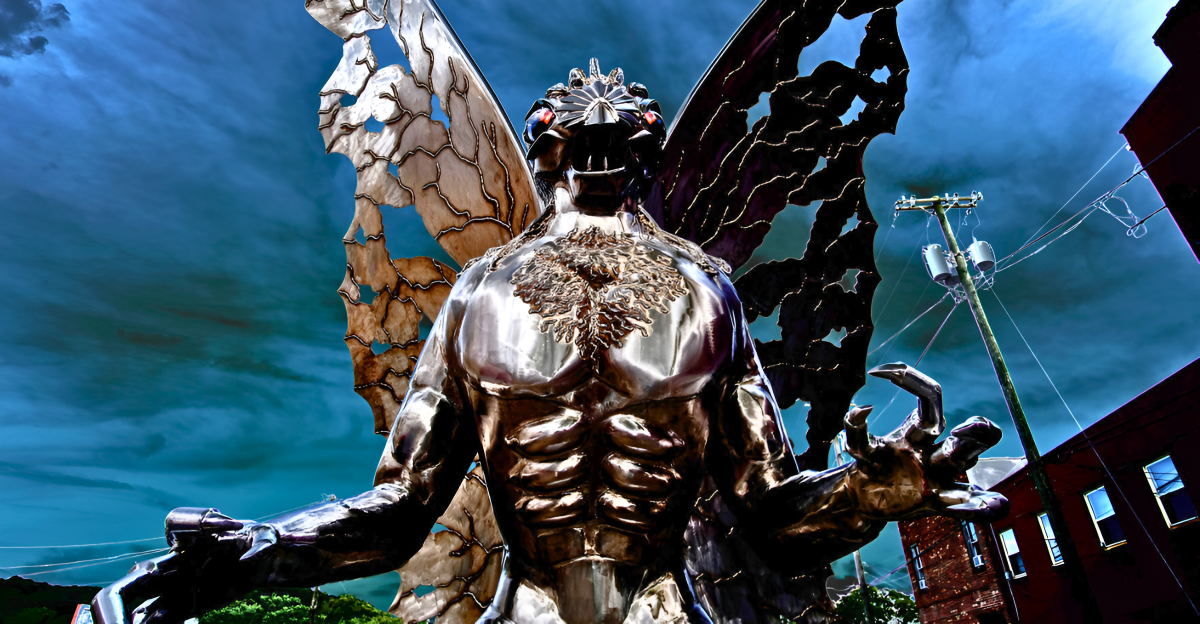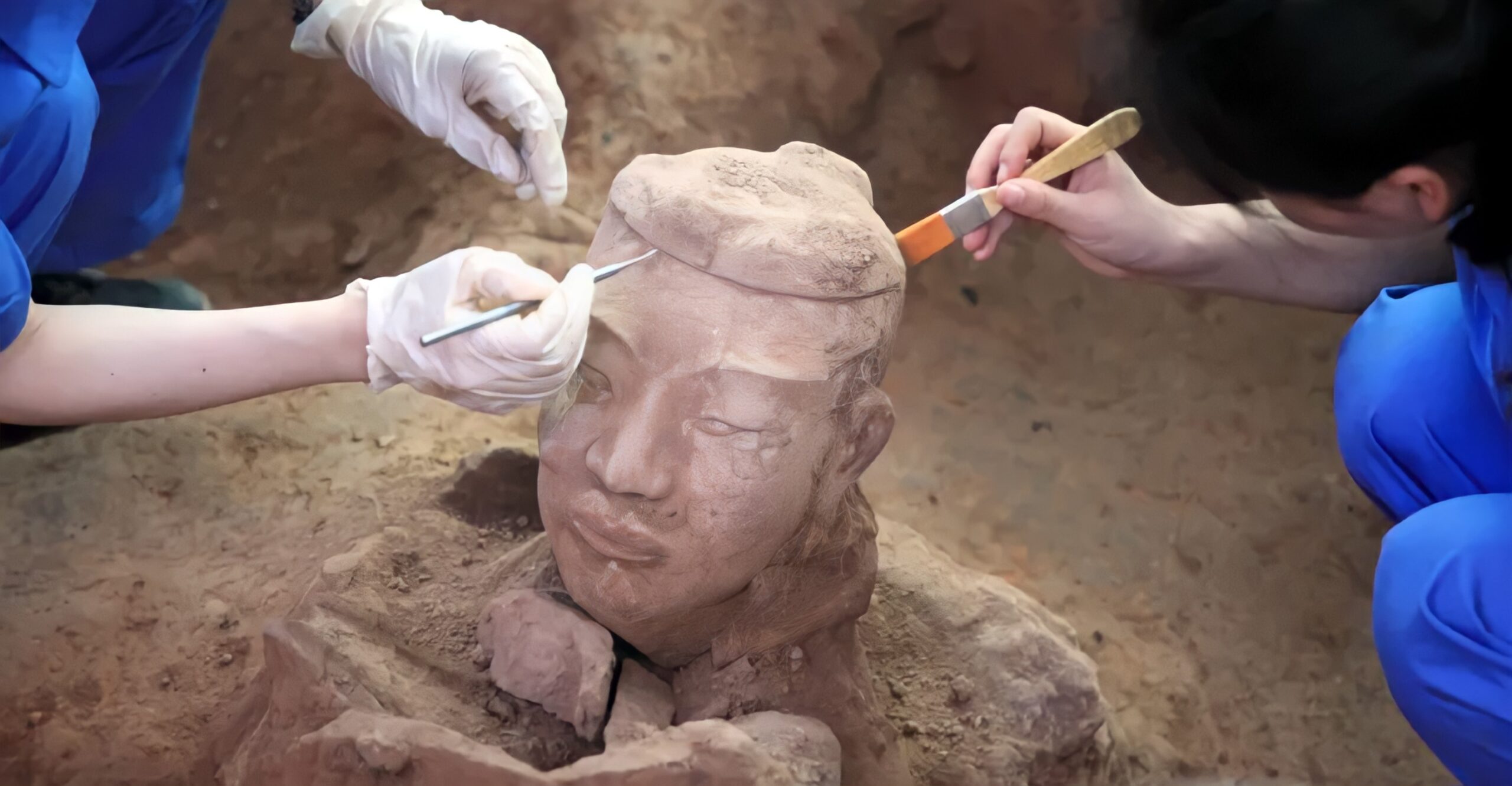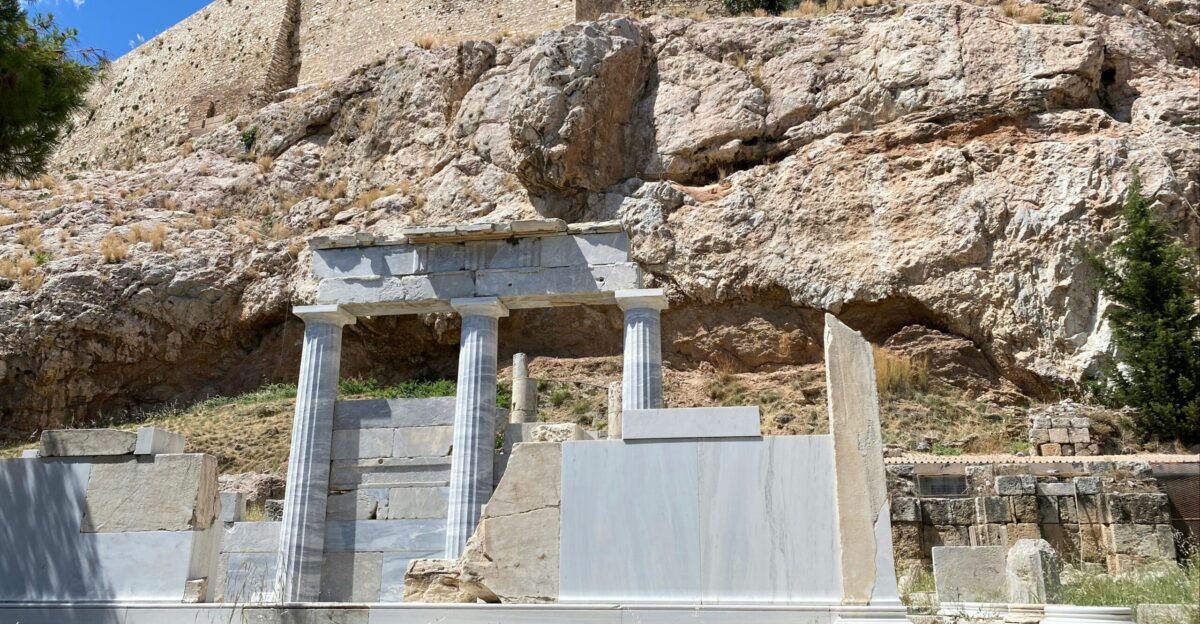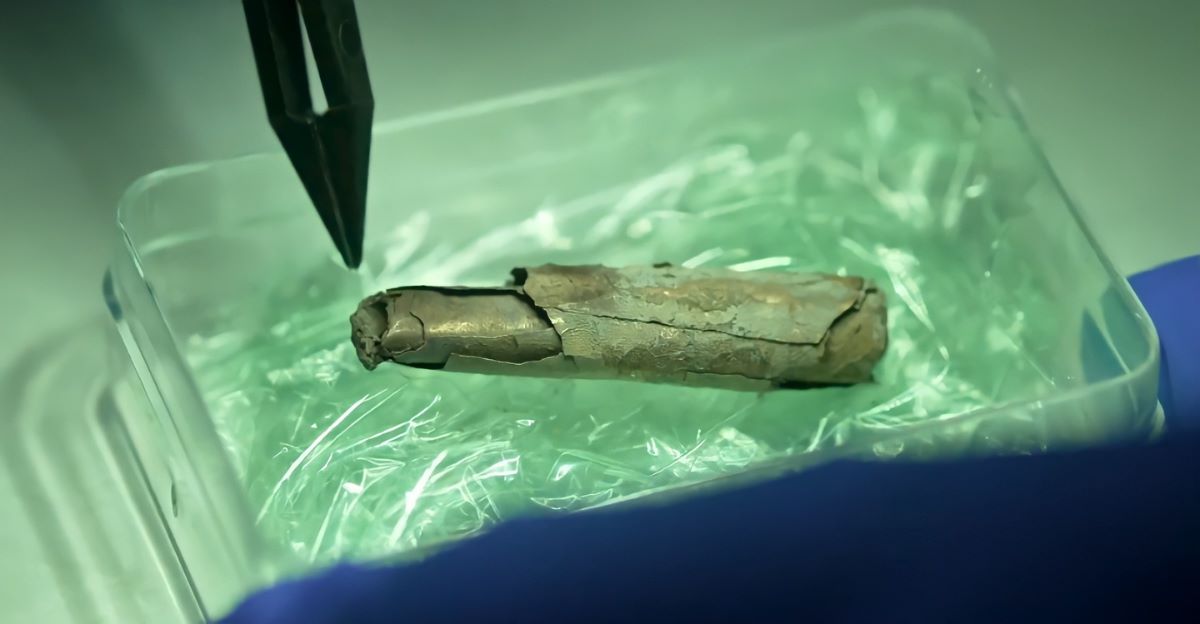
Hidden under the dust of an old Roman outpost is a revelation that will rewrite all we thought we knew about Christianity. It is so controversial, so exact, and so influential, it’s causing scholars across fields to doubt the timeline of a world religion.
Something was discovered among the rotting remains of a man who died centuries ago. Something smaller than a matchbox—revealing a secret hidden for over 1,800 years.
What was engraved on the surface that made archaeology and theology experts take notice? What exactly about this object made headlines? Let’s start at the beginning.
A Grave Like Any Other—Until It Wasn’t

In 2018, archaeologists excavating the ruins of the Roman city of Nida near Frankfurt, Germany, uncovered a plain-looking grave that bore this inscription carved into it: Grave 134.
It appeared like any other at first glance. But hidden below the skeleton’s jawbone inside it was a small, coiled silver amulet. Grave goods are not rare—but this one was.
It wasn’t jewelry. It wasn’t something of Roman military equipment. And it wasn’t for ornamentation. What this man was laid to rest with spoke of deep faith—and an even deeper secret.
The Puzzle in Silver
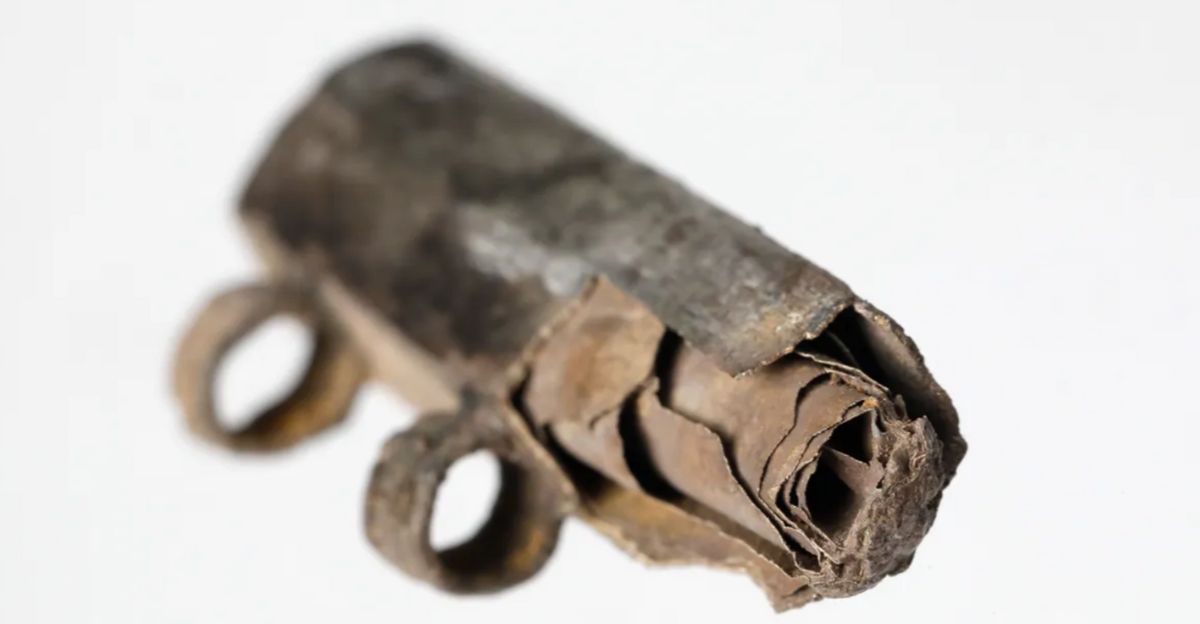
The amulet, no larger than a coin, was too fragile to unroll. So thin it would tear apart under the slightest pressure, the silver foil inside remained a mystery—sealed for nearly two millennia.
For decades, even advanced microscopes and X-rays only produced fragments and scraps. But in 2024, an imaging innovation finally cracked it open—virtually.
With 3D scans, researchers started reassembling an 18-line inscription. Word by word, it turned out that this was not a defensive incantation nor a Roman legionnaire’s hymn.
CT Scans and Spiritual Codes

Researchers at the Leibniz Center for Archaeology in Mainz employed high-resolution CT scanning—usually reserved for fossils or delicate ancient tools.
As they reassembled the amulet in 3D, a breathtaking surprise materialized: the delicate foil contained a Christian prayer entirety written in Latin. A prayer. A declaration. A rebellion.
But here’s the mind-blowing part: this artifact is dated between 230 and 270 A.D. That’s at least four decades before even a single known Christian relic was ever found north of the Alps.
The Frankfurt Inscription Emerges

The inscription, now known as ‘The Frankfurt Inscription,” is brief, to the point, and decidedly Christian. “Holy, holy, holy! In the name of Jesus Christ, Son of God!” it says.
No Roman deity in sight. No trace of Judaism or syncretic religion. But only one voice, one belief. And that’s where historians’ jaws dropped.
Until now, all the other Christian evidence in this region was from the fourth century. This discovery has the potential to turn back the clock on northern Christian history by at least 50 years—and that changes everything.
Who Was This Man?
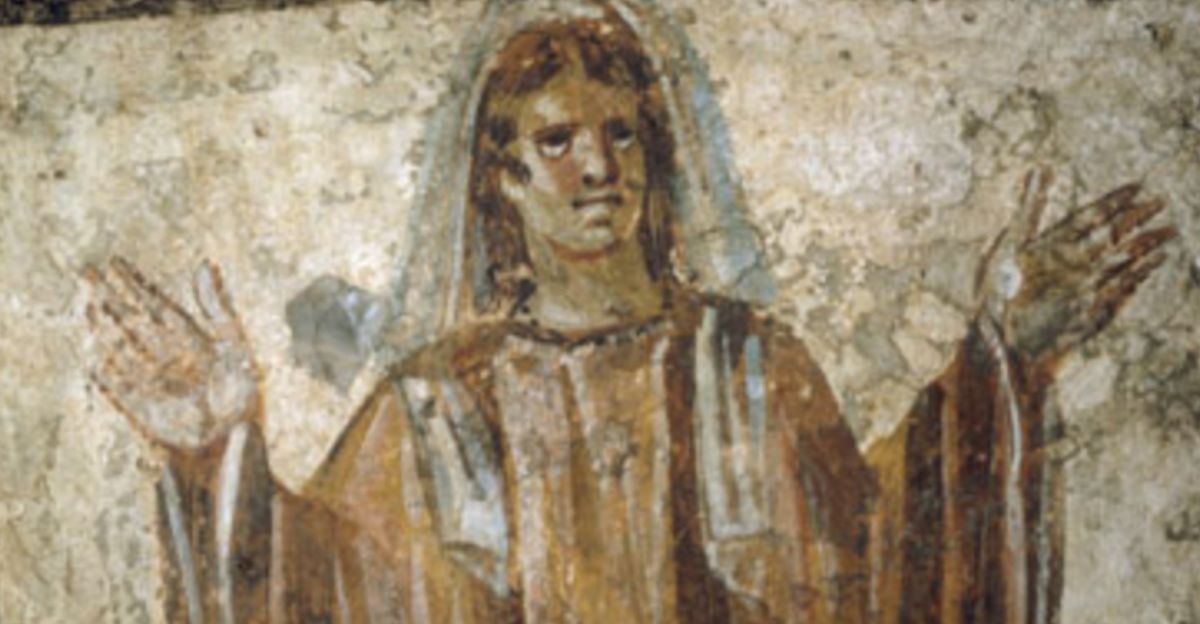
We don’t even know his name. He had no title on his tomb, no marble headstone. But what we do know is he wore this amulet around his neck, probably in defiance of persecution.
In third-century Rome, Christians were not just unpopular—they were murdered. This man did not just practice his faith in secret. He took his faith to the last breath—literally.
Researchers assume that he may have been a member of some kind of small underground community, or a solitary believer living in quiet hope of salvation. Either way, his act of devotion was radical for the time.
A Faith Worth Dying For

Imagine living in a time when declaring your faith could mean death by fire, sword, or beast. Now imagine engraving that faith into metal and keeping it close to your heart every day.
That’s what this amulet suggests. In a period of sporadic but deadly Christian persecution—especially under emperors like Decius and Valerian—Such a declaration wasn’t just symbolic—it was subversive. Dangerous. A badge of both honor and rebellion.
The Language of Belief

Most of the early Christian amulets were Greek or Hebrew. But this one? All Latin. Official language of Rome. Scholars were amazed. Why Latin? And so publicly Christian?
Some academics think that this was made by someone in Roman society—possibly even someone educated, literate, and well connected to local authority.
That’s not the usual profile of early Christian martyrdom. It suggests wider, earlier dissemination of Christianity by means other than bare slaves and misfits.
From Forgotten Grave to Global News
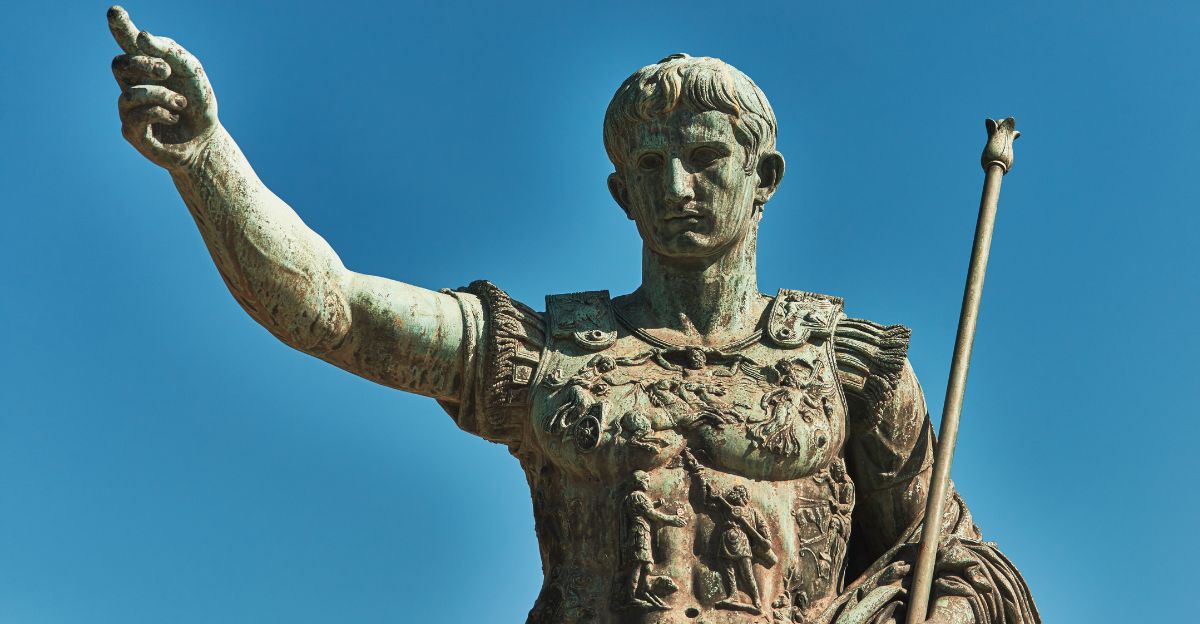
When the text was translated, the discovery soon swept through the academic community. It’s not so much about the secret prayer as what it reveals about world history.
Christianity could have penetrated the edges of the Roman Empire a long time before we knew. Schoolbooks will be revised. Museums are already organizing exhibitions.
And theologians are questioning centuries-long assumptions about when, where, and how Christianity actually diffused.
Cracking the Code: How It Was Decoded

The words did not simply appear. They were the result of countless hours of digital “unrolling” by image specialists over years, after which linguistic detective work by Markus Scholz of Goethe University was performed. Some letters were broken, others hidden.
But with help from historians of language and theology, the team unraveled it line by line. They toiled for months. Minute breakthroughs. Each Latin phrase opening up another fragment of the jigsaw—like finding ancient GPS navigation in scripture form.
Why the Alps Matter

The Alps are not just a geographic reality. They’ve always symbolized a border—between north and south, empire and periphery, old world and new lands across.
Christianity is only reported to have penetrated them after becoming more accepted. This discovery refutes that.
If Christians were praying and dying for their faith to the north of the Alps in 250 A.D., then the history of Christianity’s expansion needs to be advanced—and the map redrawn.
One Little Amulet, Great Questions of Theology
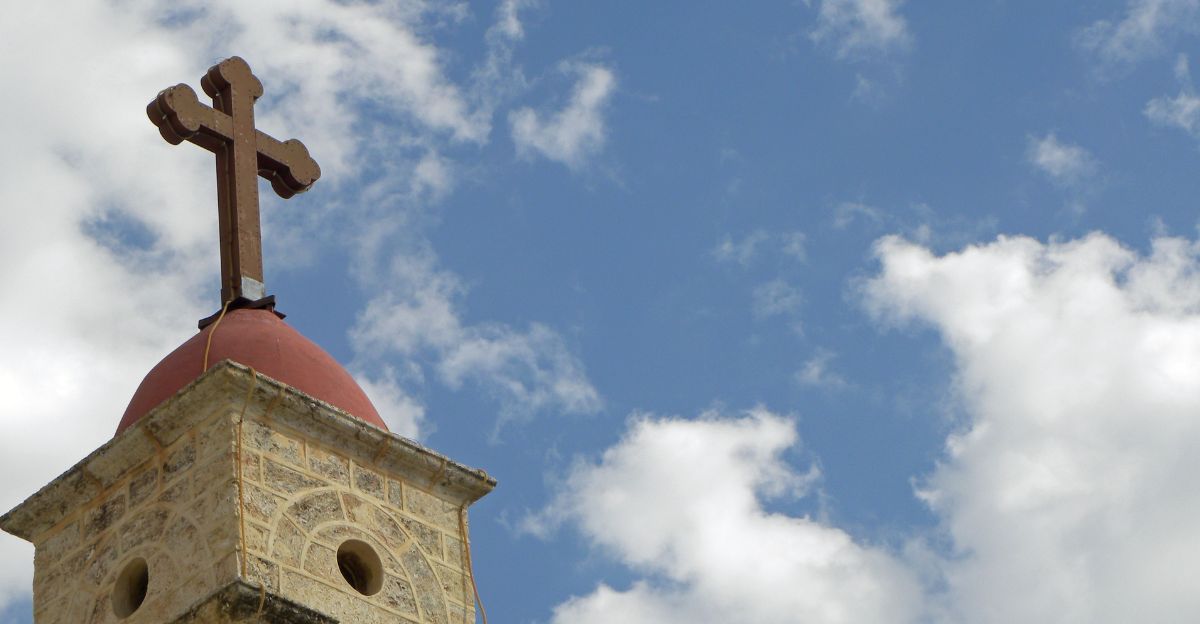
This is more than an archaeological oddity. It’s theological dynamite. How structured was Christianity really at that point? Was this a hidden creed, or was there an underground church present?
Does the use of Latin imply official sanction—or internal resistance? And how much more “Frankfurt Inscriptions” remain buried beneath modern cities, their stories still hushed in silver?
Not Just for Christians

Regardless of whether you’re religious, skeptical, or simply a history buff, the significance is immense. This talisman peeks behind the curtain into the life of an individual who lived—and died—by beliefs that were both radical and dangerous.
It’s a reminder that personal courage, identity, and faith contributed to history every bit as much as armies and emperors. And it serves to highlight how one small relic can upend the pillars of everything we believed we knew.
The Future of the Past
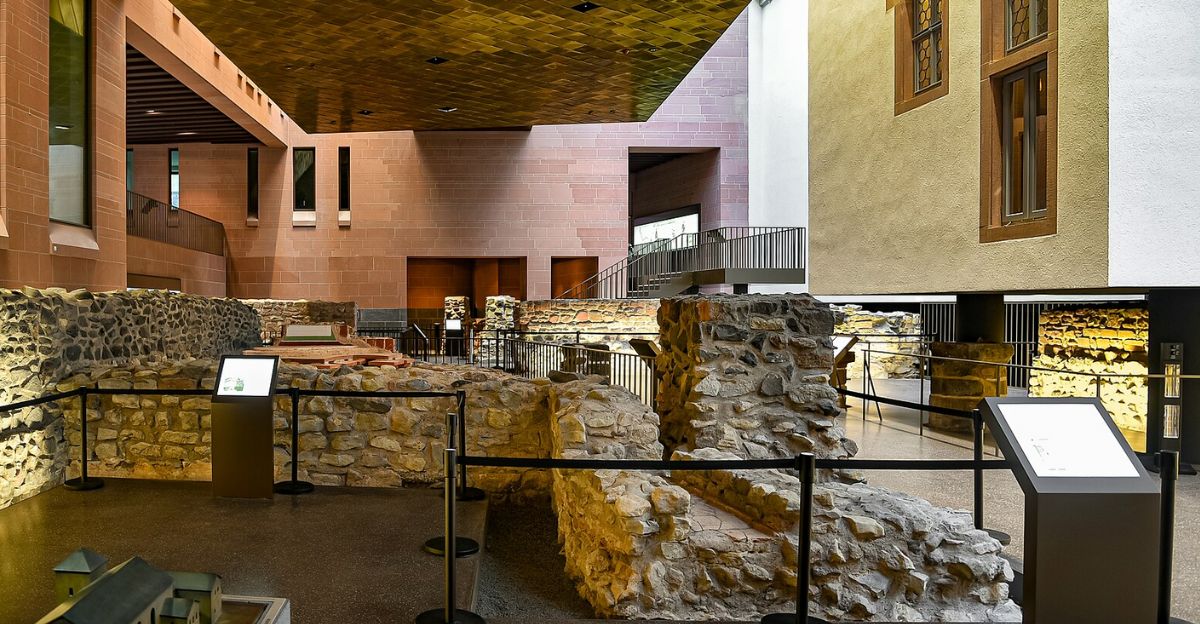
The amulet is today in the Frankfurt Archaeological Museum, but its influence still unfolds. There could be even more revelations in the works. New tech will examine other fragile artifacts with fresh eyes.
And the history of early Christianity could become richer, more nuanced, and more ambitious than any textbook ever dared to suggest. It’s evident that the past still holds many secrets, and we’re only beginning to uncover some of them.

